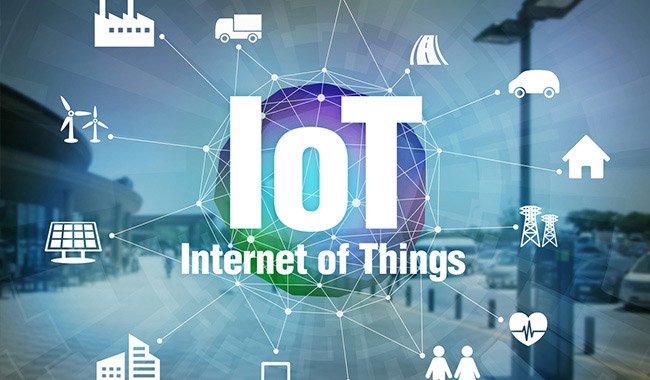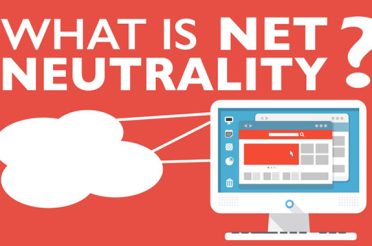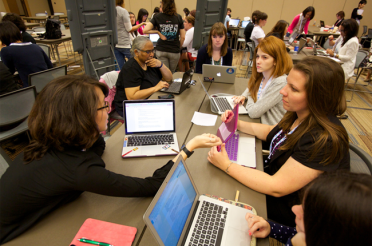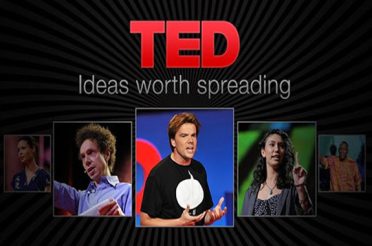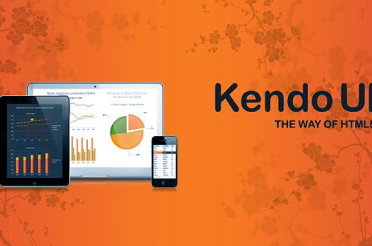The Internet of Things brings forward a new wave of technological changes all of which have a tremendous impact on businesses, markets, societies, communities of clients, everyday life, corporate environments, consumerism and pretty much anything else that surrounds us. Various industries, different from IT are also heavily affected. That is to say that sectors like manufacturing, infrastructure, finance, retail or transportation, for instance, are becoming automated, digitally transformed and more connected than ever before. We have autonomous cars that move without human interaction, smart homes controlled from smartphones, networked home thermostats and other applications and smart solutions. The focus on developing increasingly linked ecosystem of devices and information-based services has ushered a real analytical revolution which is closely intertwined with Big Data insights. It comes as no surprise then that an increasing number of business leaders, entrepreneurs and users in general are realizing the advantages of one such networked environment, and thus, are gathering forces to create a unified setting where both digital and analog worlds merge. But to better understand the importance of IoT, let’s take a closer look into where it is heading and how it will change businesses and major industries in 2017 and beyond.
The Internet Of Things Measured In Numbers, Figures And Statistics
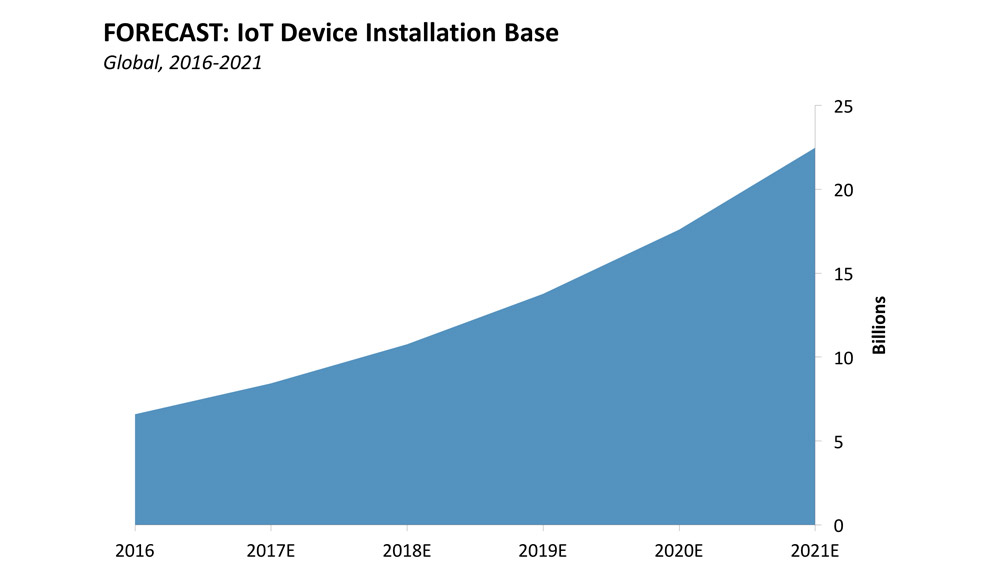
(photo credits: BI Intelligence)
For the last couple of years, research companies such as AT Kearney notice a significant growth of comprehensive IoT projects. A recent survey carried out by the organization highlights that by 2020 there will be approximately 6% of the global economy largely impacted by the Internet of Things. We also see a huge number of competitive products which aim to streamline business transitions, optimize running expenses or enhance business-to-business and business-to-consumers services. Others, like BI Intelligence envision even greater cross-industry trends and deployments driven by the Internet of Things. In their “Global IoT Executive Survey”, the research organization experts expect to see a network of over 22 billion internet-connected devices by 2021. Researchers also indicate that investments in solutions related to the Internet of Things will be estimated at the impressive $6 billion, which in return will generate $13 trillion by 2025.
Narrowband Iot For Better Power Consumption
One of the main reasons which makes the focus on trends like augmented reality, progressive apps and so on shift to the Internet of Things is its ability to form low-power networks. The idea of delivering better coverage and power efficiency of devices isn’t entirely new. Still, the focus on high-speed cellular networks is what drives a number of Telecom companies forward. Nevertheless, the NB-IoT makes it possible for low-bandwidth connectivity of devices and smart technologies which can perform their tasks in the same effective way, without using any power supply for a continuous period of time.
Urging Application Modernization
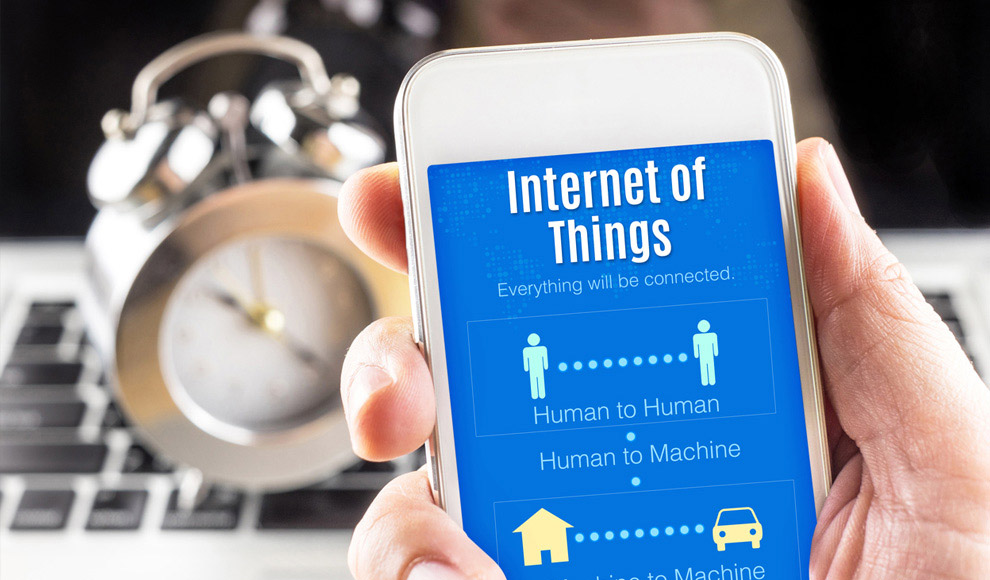
Application modernization was definitely a hot topic in 2016. Now when the focus shifts to hyper connected apps and other software developments, the process of modernizing legacy applications is tangled with IoT and the many opportunities it presents us with. Organizations which are facing the need to renovate their outdated software turn to the advantages of using the Internet of Things. This way they can cost-effectively and time-efficiently have a real-time access to ‘fresh’ data that helps them overview the market, clients, projects and key drivers for modernization. And what’s even more, they will be able to create innovative apps which connect not only humans to humans or humans to machines, but machines to machines too.
The virtual space exchanges and exists on tons of unstructured and structured data. A research performed by IDC underlines that by 2020, every person online will generate around 1.7 megabytes of new information per second. An ongoing challenge for businesses is to make sense of this data on time and use it while it still carries value. E-commerce websites for instance rely on such data in order to analyze previous or current trends and deliver better services or products to consumers. With the use of Big Data analytics, marketers can gain valuable insights that enable them to target specific buyers, maintain their competitive advantage or create different online campaigns. And when the Internet of Things meets Big Data and analytics, companies will be able to better understand this voluminous data. On the one hand, hyper connected smart devices connect consumers faster than before. On the other hand, such gadgets are able to gather and examine data, while simultaneously tracking and recording specific consumer behaviors, patterns and preferences.
It’S Not About Smart Home Anymore. It’s About Smart Offices As Well
Having many devices all linked into one and the same network, makes the workforce management and routine tasks implementation at the office impressively easier. Employees who happen to work remotely will remain connected and able to still complete tasks from different locations by connecting online to software and devices in the office. What’s more, the latest and most advanced IoT developments are expected to allow workers and business owners to boost productivity, scale operations, measure competitiveness, achieve faster results and improve efficacy of work by relying on data analytics tools.
Smarter Devices And New Consumers With Smarter Needs
The idea of smart technologies and the perception that the Internet of Things will, at some point, make it possible for every single object to connect with another one and act as a universal device which exchanges data with everything else, means that consumers needs will diversify. People will expect more from technologies. They will ask for greater connectivity capabilities, will look for better integration with existing software, and will demand tools that will make not only their homes smarter but will improve their offices and online experiences as well. In this regard, one of the ways in which the Internet of Things changes this game via its device-connectivity, is that it enables developers, for example, to create data-driven software and smarter applications which collect the necessary data and thus make page visitors’ experience even more personalized. Intelligent product recommendations and customizable search options will be optimized too.
Sizing Opportunities With Iot Marketplace
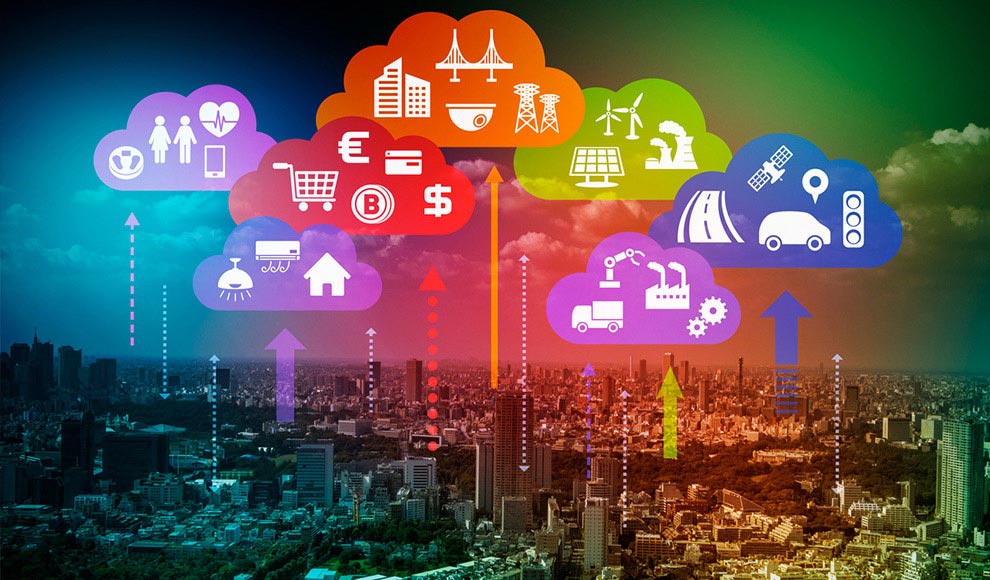
In most of the times, data marketplaces are created for internal business use within organizations where people exchange key information. With the rise of IoT and its rapid ‘exploitation’, building one such platform in the cloud for external use as well has now gained a momentum. This way providers and third-party consumers of particular data streams remain connected. They also publish data, monetize information and stimulate other people and vendors to contribute with high-quality data assets or streams to the platform.
To sum up, in most cases, people relate IoT to sensors and devices only. However, if we are to take its scope to the next level, we notice an increased penetration in other fields like infrastructure, platforms, services, application development and more. And in a mobile-first world, this hyper connectivity is what will cause a disruptive transformation not only on a client-centric level but on an economic and corporate level as well.
